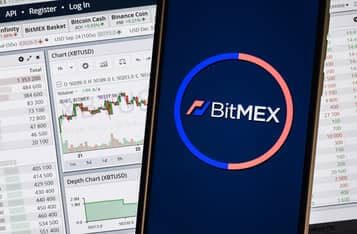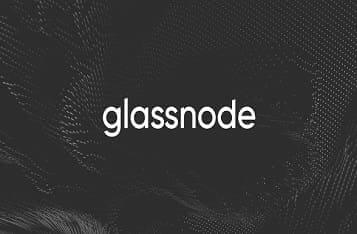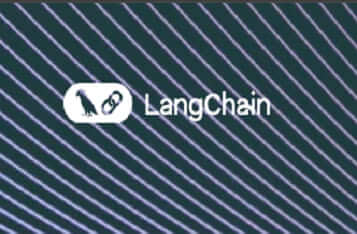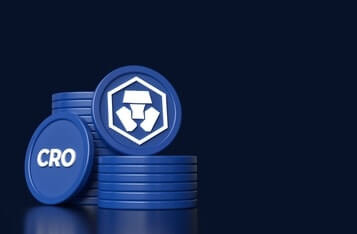What is DeFi: The Ultimate Guide to Decentralized Finance Technology
Updated 3/11/ 2020 11:41 am UTC
The concept of decentralized finance (DeFi) has become so potent that it is difficult to separate the prospect of blockchain and crypto from the success or failure of DeFi as the ideal alternative to traditional financial systems. Owing to the importance of innovations classified as DeFi to the crypto economy, here are four fundamentals of DeFi.

What is DeFi?
DeFi, is a new breed of financial systems incorporating various degrees of resistance to central authorities and intermediaries – the reason it is often called Open Finance. These financial tools take advantage of blockchain’s inherent capacity to establish decentralized ecosystems with improved accessibility. Hence, a DeFi platform is a blockchain-based financial product with a permissionless function to ensure that services circumvent restrictions imposed on traditional financial systems and are available to the global market.
These infrastructures look to offer individuals more control over their finances by eliminating the influences of intermediate entities on conventional financial processes. To achieve this, DeFi-enabled financial products implement smart contracts, which are increasingly expanding the scope of blockchain technology through the establishment of automated means of scrutinizing, authorizing, and executing financial processes.
As such, we have begun to see the concept of DeFi take root in various financial sectors, even as the lending market continues to experience an unprecedented explosion of DeFi-based crypto lending platforms.
Why do we need DeFi?
Crypto is just one of the components that enable DeFI’s propensity to enable transparent and more profitable financial products. On its own, cryptocurrency provides a medium for facilitating transactions without the hassles prevalent with traditional fiat currencies. While this is a given, you will notice that the crypto market has, however, become an ecosystem of centralized entities controlling the inflow and outflow of cryptocurrency.
This assertion is evident in the unprecedented influence of centralized crypto exchanges, which serve as the de facto gateways of the crypto market. Although crypto delivers on its promises of providing borderless payment networks, the influx of centralized custodians of crypto networks has, nonetheless, limited its efficacy.
To enjoy the full benefits of crypto technology, DeFi, which delineates third party influence on financial services, must find its place in the heart of the crypto economy.
What are the differentiating factors between DeFi systems and their traditional counterparts?
As mentioned earlier, the first piece of disparity between DeFi systems and traditional financial products is that the former establishes codes and protocols for the automation of processes and the elimination of human error. Also, DeFi systems are open-source applications based on public blockchains like Ethereum. Hence, users are given a lot more autonomy to customize the system as they deem fit, and the services are not geo-selective. Perhaps, the most unique component of DeFi is interoperability. It is possible to combine two or more DeFi products and create a new one.
What are some of the DeFi products available today?
There are working products already implementing elements of DeFi to improve the viability of different financial sectors. One of the financial sectors in tandem with this narrative is the lending market, as platforms, like MakerDAO, with various degrees of DeFi technology have developed effective ways to enhance the conventional method of lending and borrowing funds. Also, the concept of DeFi is playing out in the stablecoin market. Pegged coins, with decentralized leverages, are showing an impressive ability to evade restrictions.
Other variants of DeFi are decentralized exchanges and p2p trading platforms, which implement smart contracts for order matching and other intermediate processes found on their centralized counterparts. Lastly, there is an influx of issuance and investment platforms enabling the distribution of security tokens via blockchain technology, such as the Bitcoin Revolution App.
Conclusion
DeFi’s unique functionalities have seen it emerge as an important pillar of the crypto economy. It is safe to say that the buzz surrounding this development proves that blockchain and crypto are finally finding efficient ways to remodel conventional financial systems.
Image via Shutterstock






